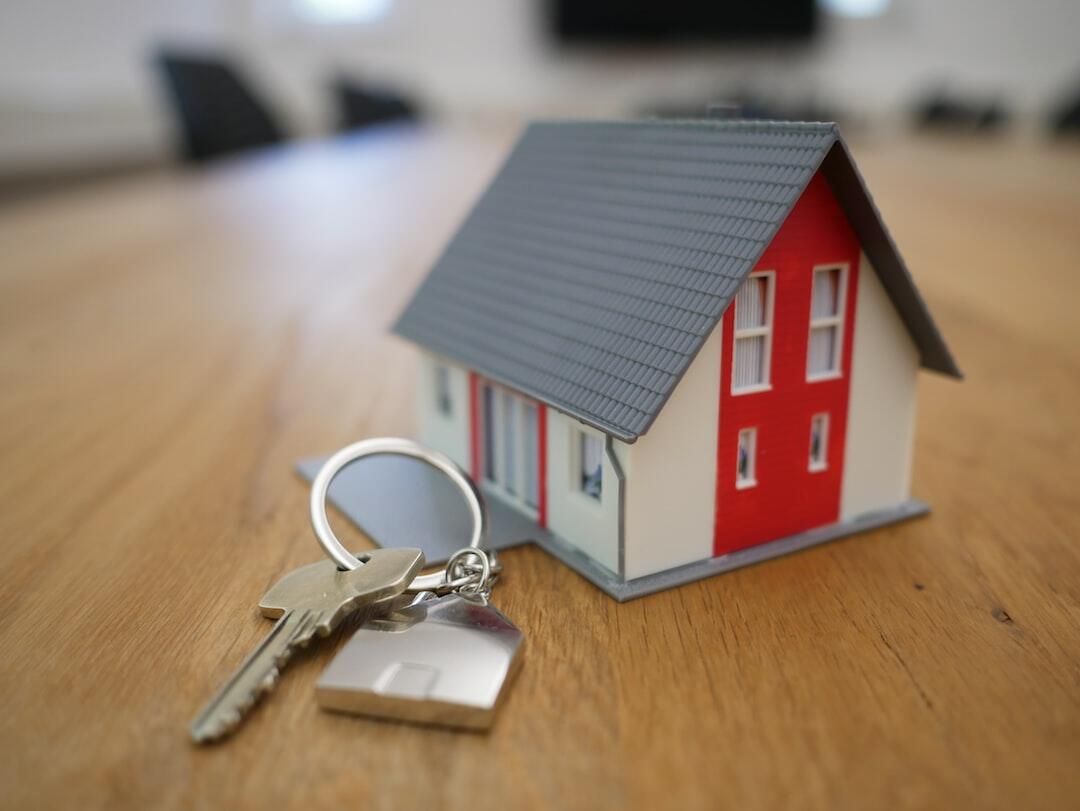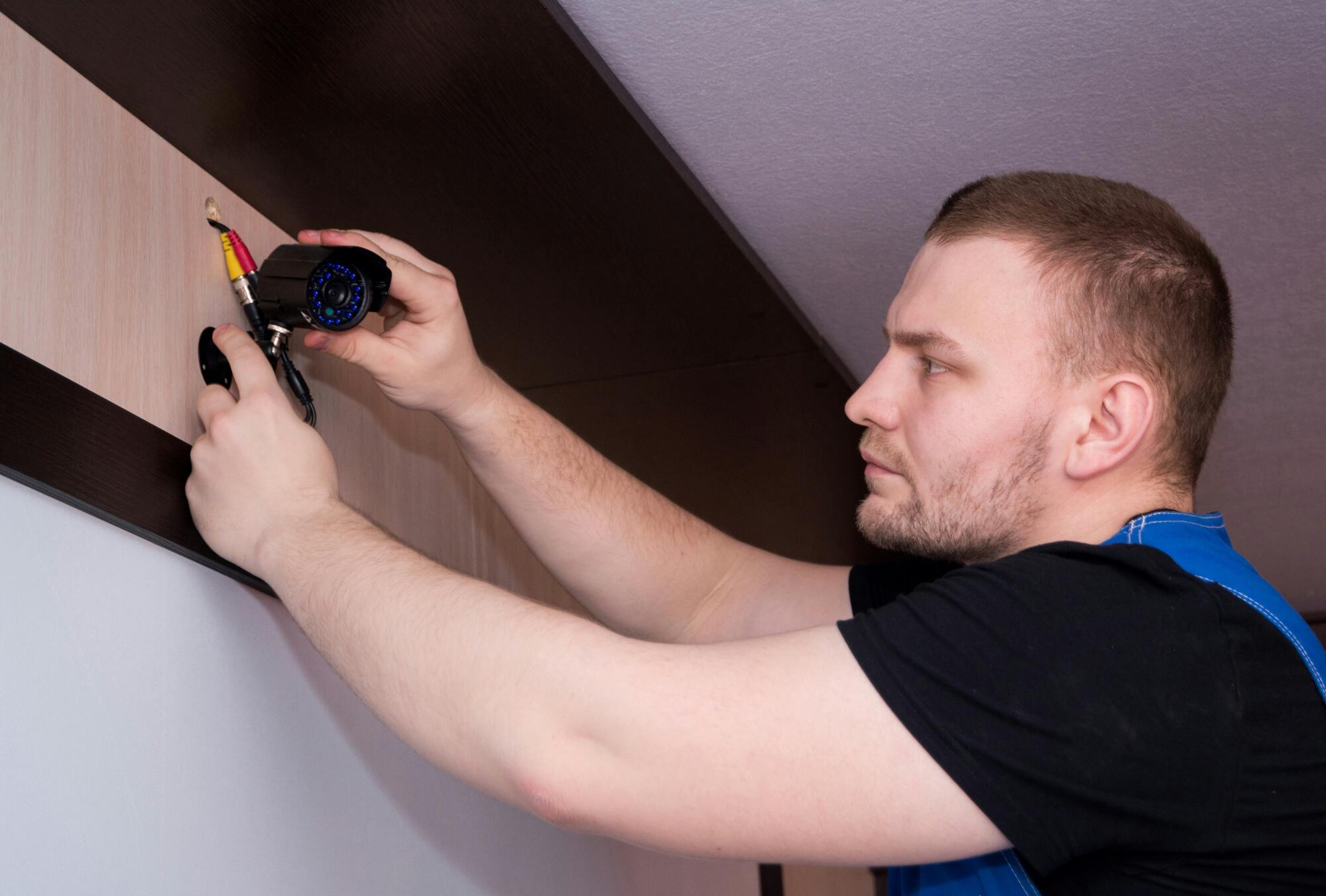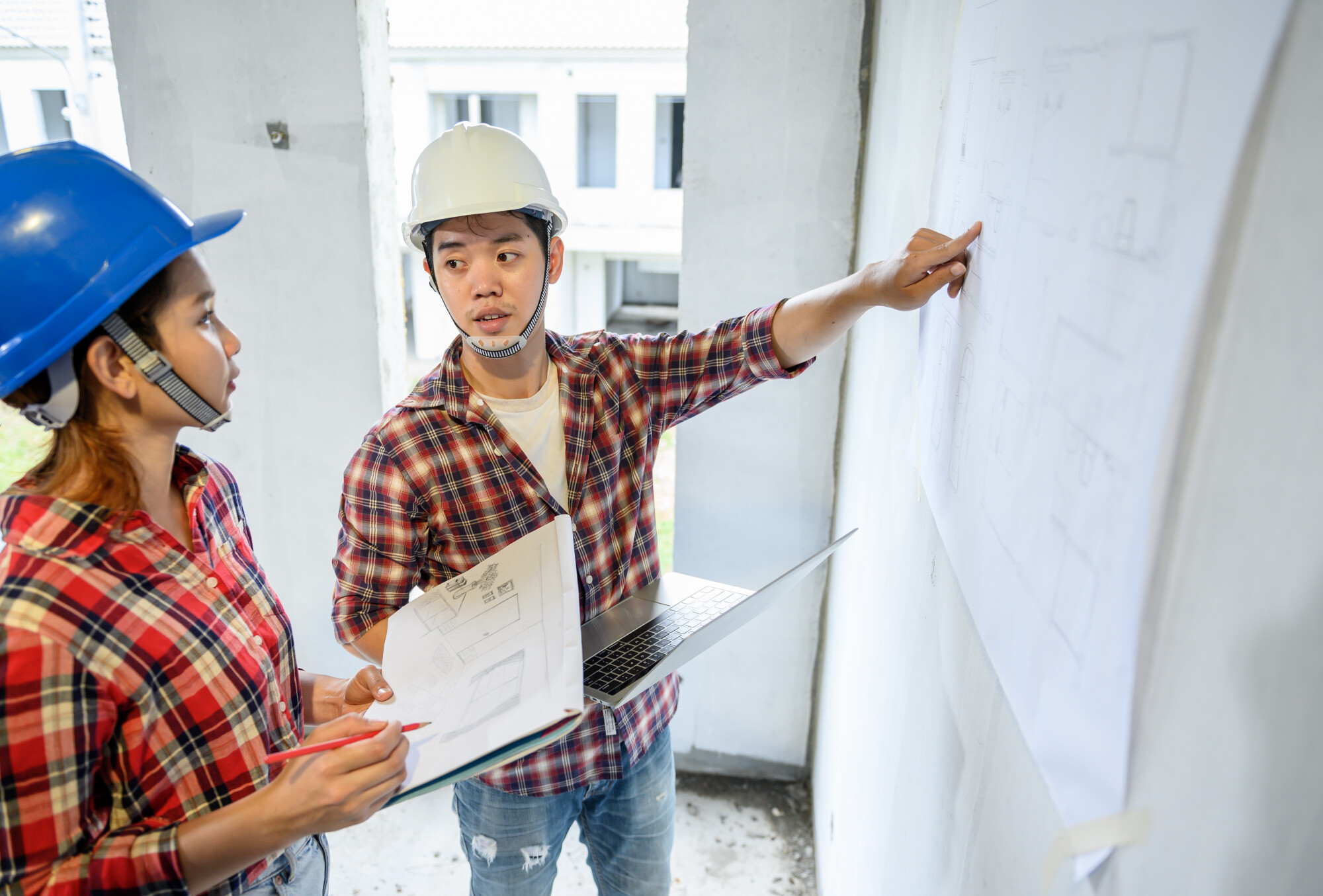Radon gas is common in many homes, but most people aren’t even aware of its presence.
This dangerous gas can cause a myriad of health problems including lung cancer, so it’s important to perform a radon test to ensure your home is safe.
Read on to learn more about radon, why it’s dangerous for your family, and how a test can help you take steps toward a healthier home.
What is Radon?
Radon is a colorless, odorless, and tasteless radioactive gas. Since you cannot see, taste, or smell it, the gas is usually undetected without a test.
Radon forms from the natural radioactive decay of uranium found in material like rock, soil, and even in water. Low levels of radon can be found in the earth’s crust but it’s also present in all 50 states on the ground level.
Once the radon gets created, it begins to move into the air or dissolves into the groundwater below. As it undergoes radioactive decay, radon starts to emit particles that are extremely dangerous when breathed in or otherwise consumed into the body.
How is Radon Harmful?
As radon gas gets into the home, it enters the air and is breathed in without you even noticing. Over time, you may be exposed to high levels of radon which can cause seriously dangerous health effects like lung cancer.
The EPA estimates that radon exposure kills tens of thousands of Americans per year as a result of lung cancer. Even young people can get lung cancer if they’re exposed to radon on a regular basis.
When the radon gas moves from the soil into your home, it can seep through things like your concrete foundation, into floors, and through walls. Any home can have high levels of radon and without a radon test, you might never be aware of its presence at all.
Why You Need a Radon Test
Whether you’re buying or selling a home or you just need peace of mind, a radon test can help you determine if there’s any presence of this dangerous gas. Testing methods involve either an active or passive device that can determine the levels of radon in the home.
If high levels are found, mitigation methods will be needed to remove it from the air, soil, and home. Some mitigation removes the radon from the soil and then redirects it away from the house using special venting pipes.
There are other ways you can mitigate radon, and it will depend on the source and severity of the gas. Speak to a professional who can perform a test and then make the necessary recommendations.
Understand the Dangers of Radon
Radon gas is one of the most dangerous silent killers that can be prevented with a simple radon test. If you’re concerned about the health of your family and your home, getting a test is highly recommended.
If you’re in the central Florida area and need a home inspection, contact us today to schedule an appointment.










